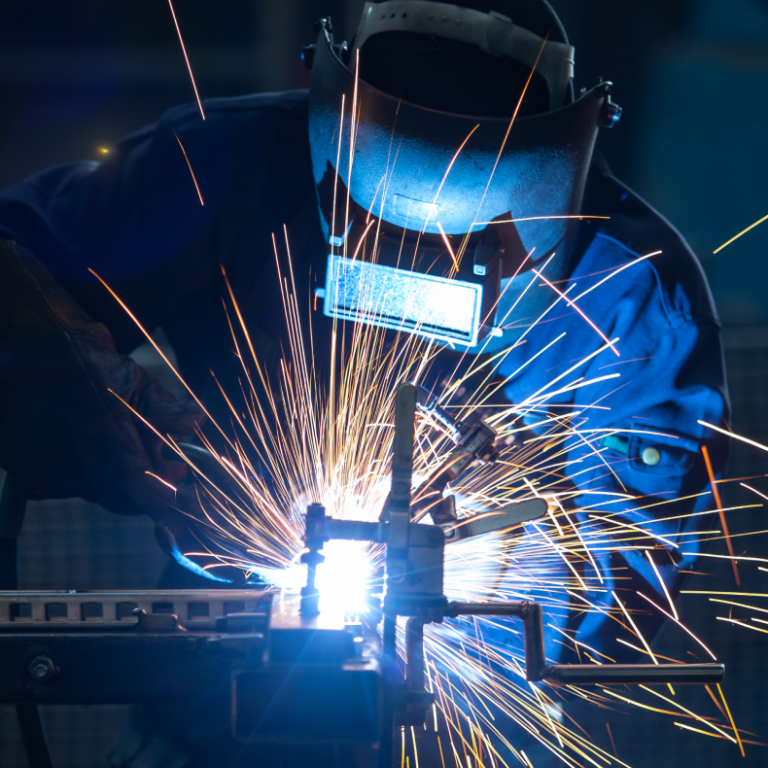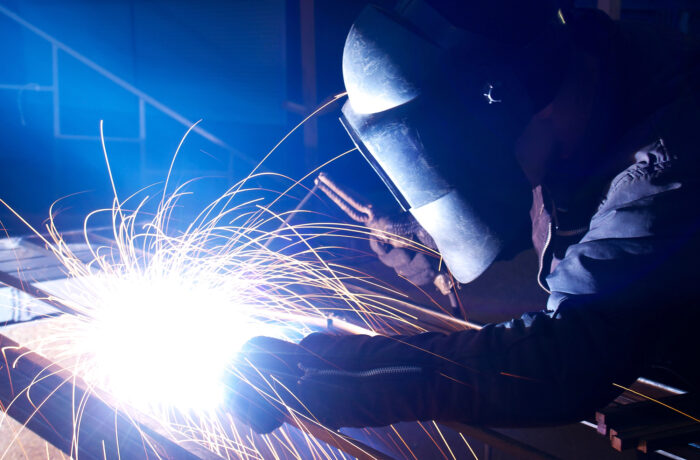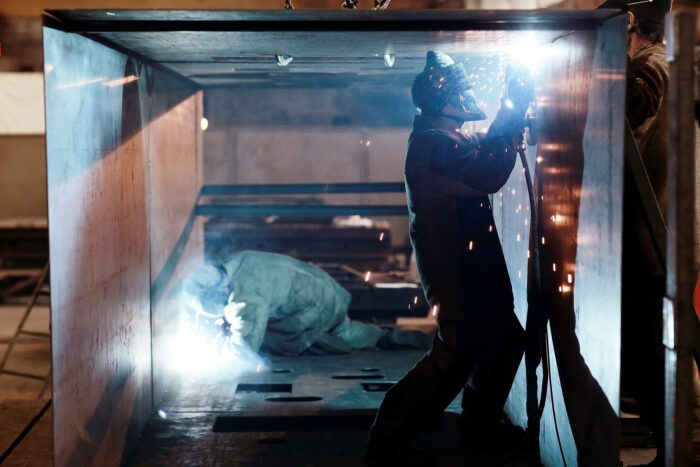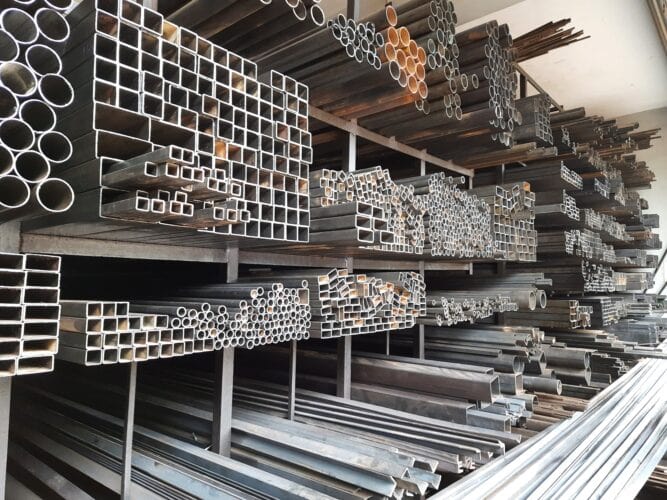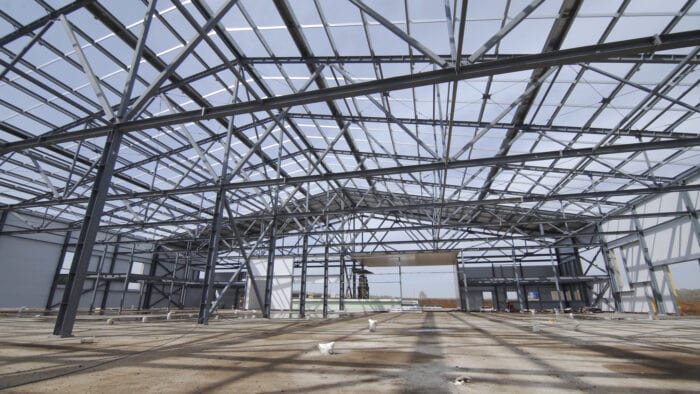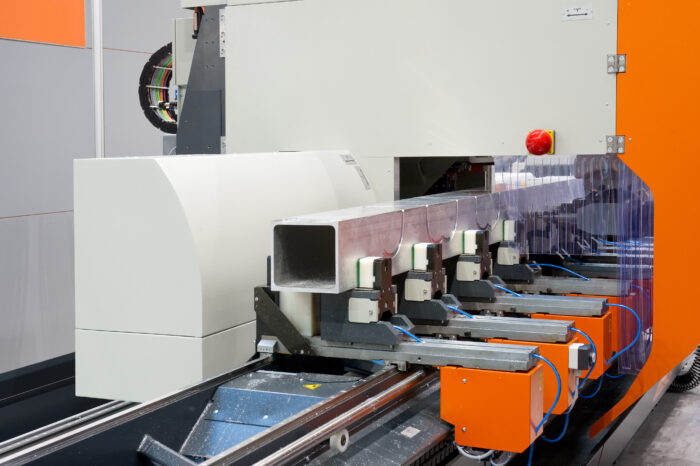
AS 4100 Steel Structures
AS 4100 provides designers of steel structures with specifications for steel structural members used for load-carrying purposes in buildings and other structures. It covers material standards, design procedures, fabrication, erection and testing to ensure safety, efficiency and quality when building. It also covers different types of loads and forces the structures may encounter during their lifespan, such as wind, seismic activity, and live loads. Engineers, architects, builders, and other professionals involved in designing and constructing steel structures usually refer to this standard.
AS/NZS 5131 – Structural Steelwork – Fabrication and Erection
AS/NZS 5131 is a standard for Structural Steelwork – Fabrication and Erection, covering material standards, design procedures, fabrication, preparation, assembly, erection, and testing methods for corrosion protection, erection and modification of steelwork. This standard applies to all structural steel fabrication processes and how they work, including buildings, crane runway girders, roadway bridges, monorails, rail bridges, and pedestrian bridges.
AS/NZS 1554 – Structural Steel Welding
AS/NZ 1554 is a standard specifying requirements for welding steel structures. The standard covers a range of areas, including welding procedure qualification, workmanship, welding operators, inspection, and non-destructive testing. It ensures that welding operations follow strict safety and quality guidelines to maintain structural integrity.
AS/NZS 3678 – Hot Rolled Plates, Floorplates and Slabs
AS/NZS 3678 sets out the specifications for general structural and engineering of hot rolled plates, slabs and floorplates. It covers a wide range of grades, widths, and thicknesses, mass, tolerances, mechanical properties, chemical composition and surface quality. It also provides testing guidelines to ensure the steel products meet the standard. In addition, it also specifies the information for the labels or markings of these products, including steel grade, standard number and batch or serial number.

AS 1665 – Welding of Aluminium Structures
AS 1665 specifies the requirements for welding aluminium and its weldable alloys in structures, components, and equipment. The primary purpose is to standardise the process and incorporate the best industry practices to ensure safety and quality adherence. It includes selecting and handling aluminium and its weldable alloys so they meet strict standards. It also covers testing and inspection to ensure welds meet the specified quality requirements and are fit for their intended purpose.
AS/NZS 1664 – Structural Use of Aluminium
AS/NZS 1664 covers guidelines regarding the structural use of aluminium and can be found in two parts. AS 1664.1, subtitled “Limit state design,” sets out the requirements for the limit state design of aluminium structures, covering design, actions, material properties, analysis and design, connections, and durability.
AS 1664.2, subtitled “Allowable stress design,” provides the rules for allowable stress design of aluminium structures. It includes sections on design properties, design loads, section properties, tension members, compression members, flexural members, combined stresses, connections, and fatigue.

AS 1231 – Anodic Oxidation Coatings
AS 1231 specifies requirements for anodic oxidation coatings. Anodising increases the thickness of the natural oxide layer on the metal surface, providing enhanced corrosion resistance, improved adhesion for paint primers and glues, better aesthetic quality, and increased wear. The standard is intended primarily for architectural purposes, general engineering applications, and decorative finishes. It classifies anodic oxidation coatings into various grades based on their thickness, which ranges from light (up to 5 micrometres) to heavy-duty (25 micrometres or more). It also outlines how samples should be tested to ensure they meet appearance, thickness, sealing quality, abrasion resistance, and corrosion resistance requirements.
AS 3715 – Thermoset Powder Coating for Architectural Applications
AS 3715 outlines requirements for thermoset powder coatings on aluminium and its alloys, primarily for architectural applications. Thermoset powder coatings are a type of coating that, when cured, forms an irreversible chemical bond. They are known for their durability, high-quality finish, and excellent resistance to corrosion, weathering, and chemicals. It sets out various test procedures to ensure the quality and performance of the coating, including coating thickness, adhesion, impact resistance, chemical resistance, and weathering resistance. It also specifies minimum performance requirements that the coatings must meet to ensure longevity and ability to withstand tough environmental conditions.

AS 1796 – Welding Certifications
AS 1796 outlines the qualifications and certifications required for welders, welding supervisors, and welding inspectors. This ensures that individuals engaged in welding processes possess the theoretical knowledge and practical skills to deliver high-quality, safe, and efficient welding work. AS 1796 certification covers a range of certificates for different types of welding. These certifications validate a welder’s proficiency in particular welding processes and techniques. It’s worth noting that while certification demonstrates a welder’s competence in certain areas, it does not automatically qualify them to perform all types of welding without additional training or qualifications.
AS/NZS ISO 3834 – Quality Requirements for Fusion Welding of Metallic Materials
AS/NZS ISO 3834 aligns with an international ISO standard. It sets out comprehensive quality requirements both in workshops and at field installation sites. The standard provides guidance for manufacturers to create a welding management system that meets quality requirements, which can vary depending on the type of product or industry.
AS 2214 – Welding Supervisor
AS 2214 outlines the qualifications and responsibilities of a Welding Supervisor. The main purpose is to ensure that competent and qualified individuals supervise and maintain the quality, safety and integrity of welded structures. This standard sets out the minimum requirements for the skills, knowledge, and experience that a Welding Supervisor should have, including qualifications and training, responsibilities, skills and knowledge and certification.
AS/NZS ISO 9606 – Qualification Testing of Welders
AS/NZS ISO 9606 is an international standard that sets out the requirements for the qualification testing of welders. It specifies basic welding knowledge that welders need to possess to ensure satisfactory levels of weld quality. The standard also provides a set of technical rules for a systematic qualification test of a welder’s capability and specifies test conditions, validity, and certification.
Conclusion

Compliance with these standards ensures the final product’s safety and integrity. Metal fabrication companies in Sydney, such as Prime Fabrication, which are certified to these standards, have demonstrated that we follow the rigorous processes and protocols laid out in these standards for every project we undertake. This helps ensure the welded structures’ integrity, durability, and safety.
Our capabilities extend to steel fabrication and aluminium fabrication. We also serve other parts of NSW and Australia. With a local on-ground team backed by years of experience, qualifications, and high-quality standards that meet all specifications, Prime Fabrication is best positioned to help you with your next welding or fabrication project.

